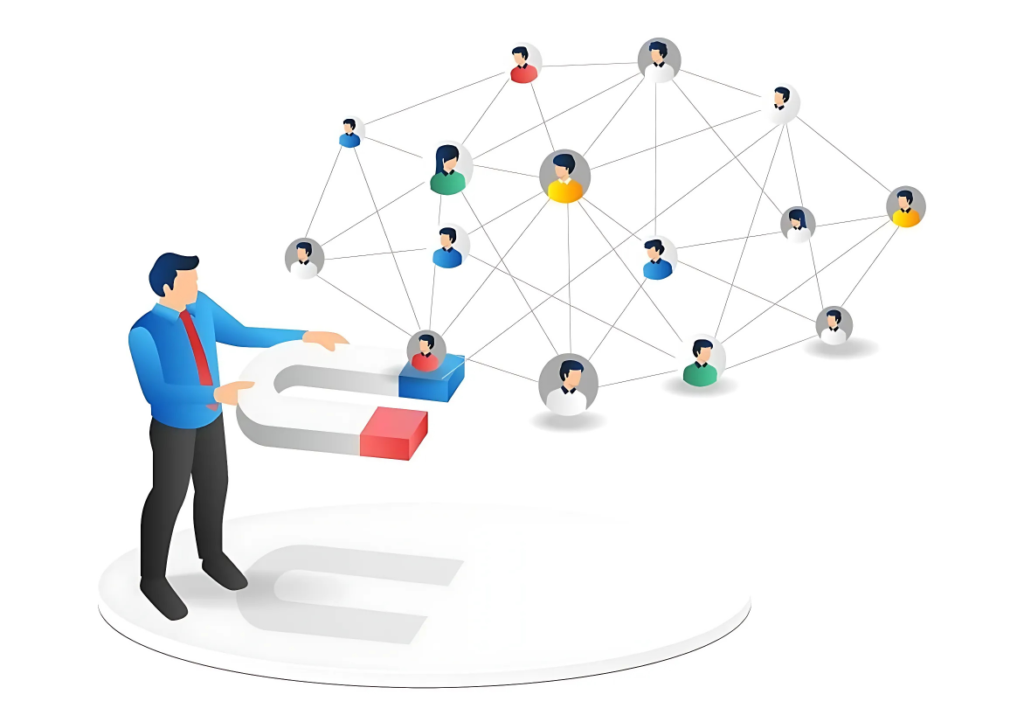When we think of influencers, the first images that come to mind are often social media stars or industry leaders with massive followings. However, in the world of B2B marketing, a quieter but equally powerful force is gaining traction, what I call the invisible influencer. These aren’t famous executives or large-scale thought leaders; instead, they are the trusted peers, connectors and experts operating within small, tightly knit professional circles. Despite their lower public profile, these invisible influencers have enormous sway over buying decisions behind the scenes.
B2B purchasing rarely happens in isolation. Instead, it involves committees, teams from various departments and layered approval processes. This complexity means influence is dispersed among many voices, often those who work behind the scenes and build trust through authentic relationships. These micro-networks exist in private LinkedIn groups, Slack channels, industry forums or even informal email threads. Within these spaces, meaningful conversations occur where marketing messages can either resonate deeply or get lost in the noise.
For marketers, this trend demands a shift away from broad, top-down campaigns aimed at large audiences or famous names. Instead, success comes from engaging these micro-networks through trust, authenticity and hyper-relevant content that speaks directly to their unique challenges. It’s about nurturing relationships rather than simply chasing leads. Brands that empower their existing customers and partners to become advocates within their own circles create more sustainable and effective influence.
In practice, companies are adapting by hosting small, exclusive virtual roundtables, building customer advocacy programmes tailored to recognise micro-influencers and creating niche content specifically designed for these groups. Sales teams are also being trained to identify and build relationships with invisible influencers during outreach efforts. This approach is less about broadcasting messages widely and more about joining existing conversations and adding genuine value.
As B2B buying cycles become increasingly complex and buyers expect more personalised, human experiences, the importance of these invisible influencers will only grow. Brands that can map these hidden webs of influence and engage them thoughtfully will stand out in a crowded marketplace. In a data-driven world obsessed with metrics and scale, the rise of the invisible influencer reminds us that sometimes the most powerful connections are those you can’t easily see but should never overlook.
About Author: Saba Idrisi is a seasoned marketing professional, and is passionate about delivering impactful B2B market engagements.



